The jumbo jet is officially on life support - here's a look at its glory days
The Boeing 747 first flew in February 1969.

The big jet and the Everett, Washington, factory in which it was built were designed and constructed in just 16 months by a team of 50,000 Boeing employees.
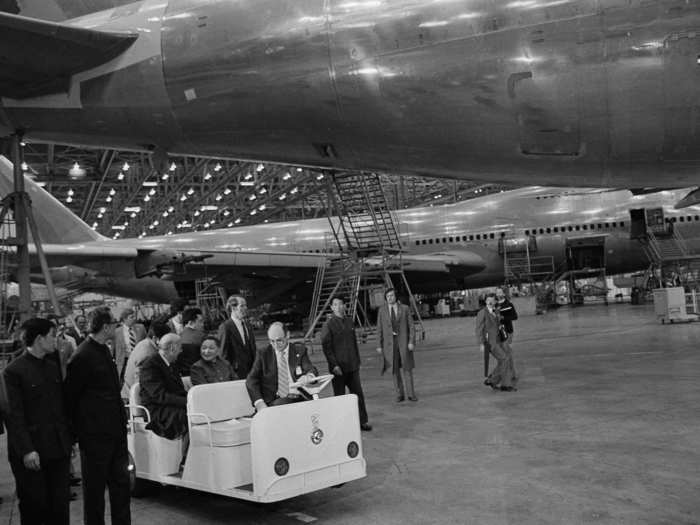
This group of people became known as the "Incredibles."
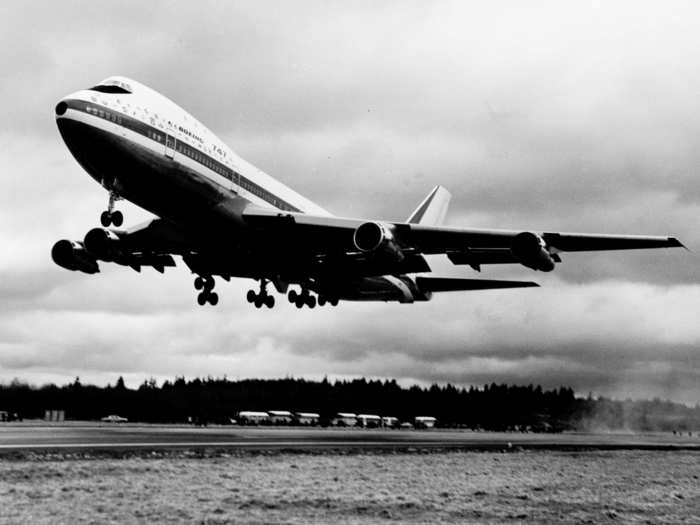
The 747 was a major gamble for Boeing. The prevailing thinking at the time was that the world was heading toward supersonic travel.
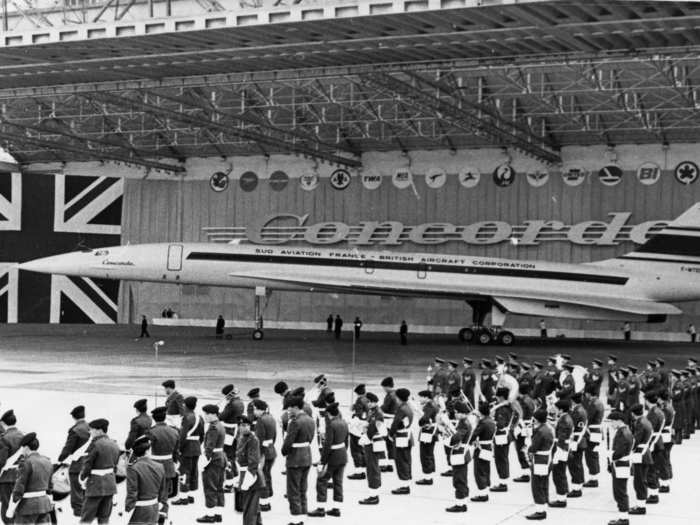
Boeing bet that people wanted to travel in comfort for less money.
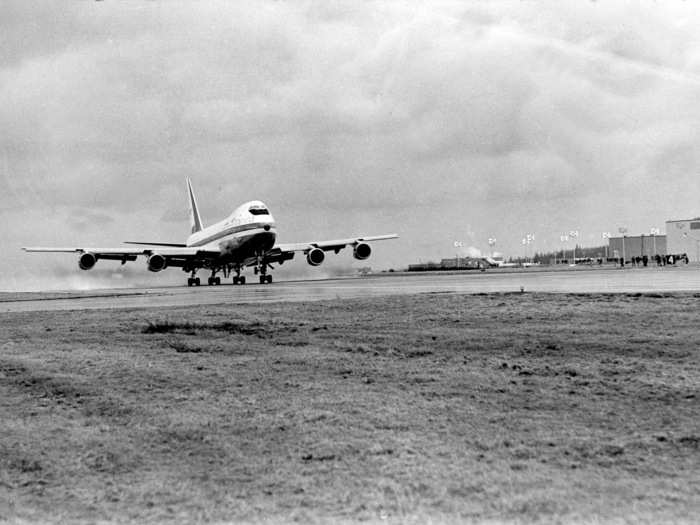
As the legend goes, Pan Am boss Juan Trippe told Boeing he needed a plane twice the size of ...
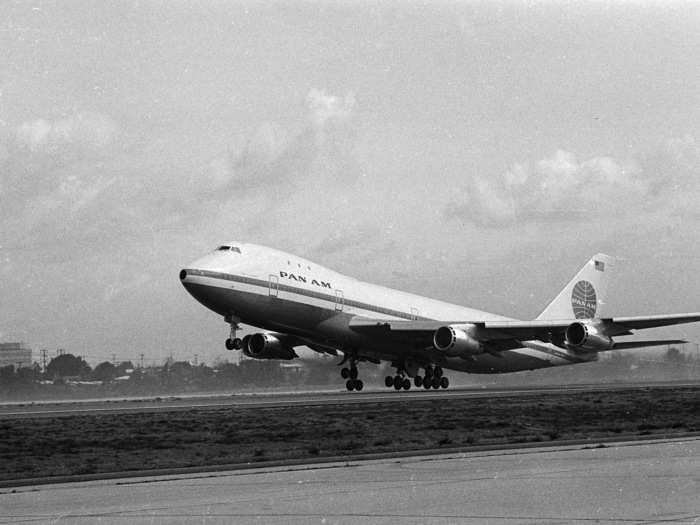
... the Boeing 707 the airline operated at the time.
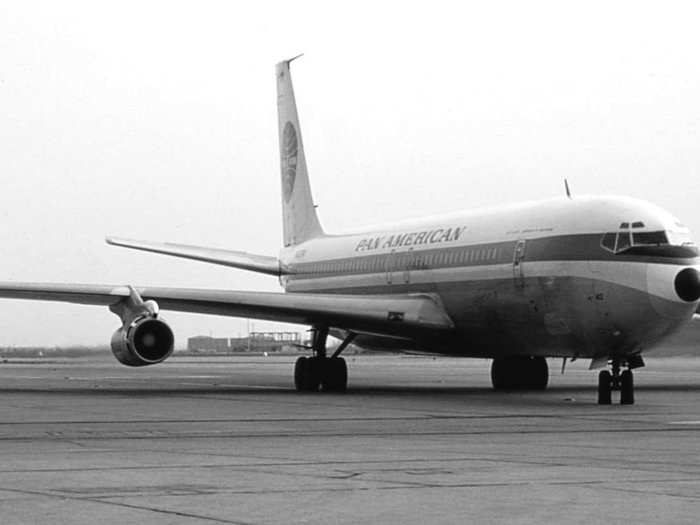
To give Pan Am the capacity it was looking for, Boeing added a second aisle to the cabin — thus creating the wide-body jet.
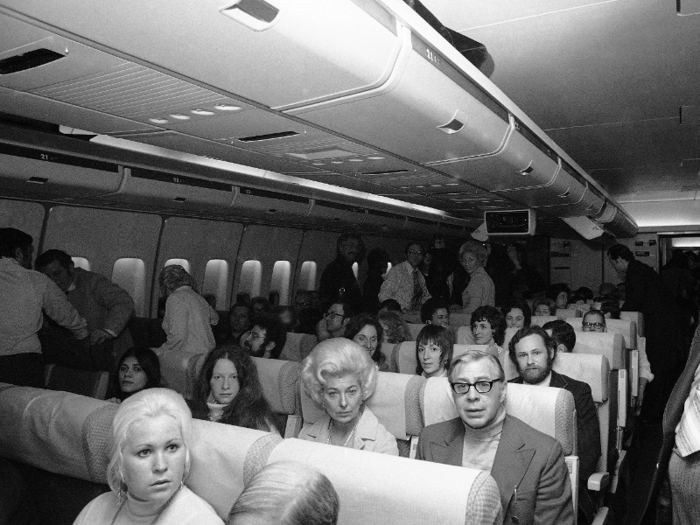
According to Boeing, the 747 could carry 3,400 pieces of luggage and could be unloaded in just seven minutes.
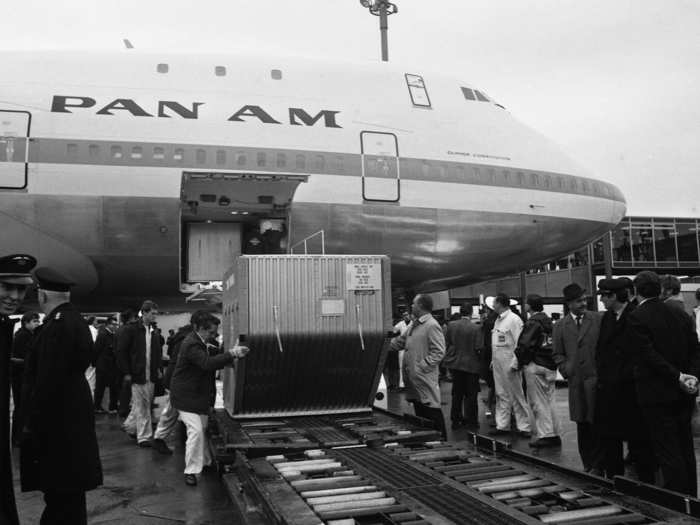
With seating for as many as 550 passengers, the 747 truly dwarfs the 707 as well as other workhorse jets of the era, such as the ...
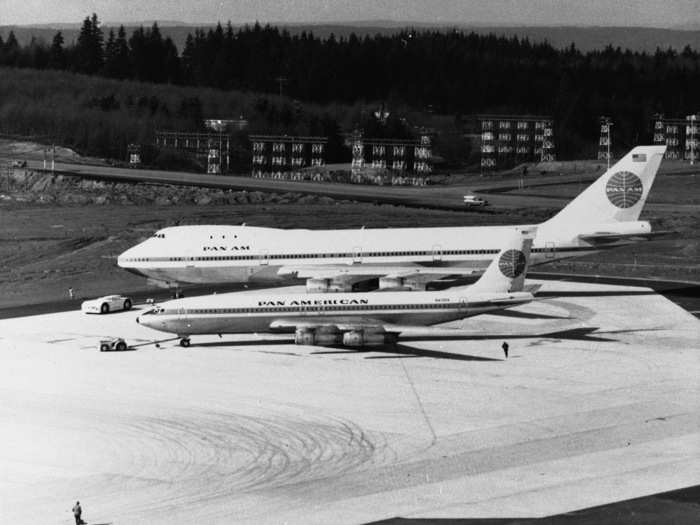
... Douglas DC-8 and ...

... the De Havilland Comet.
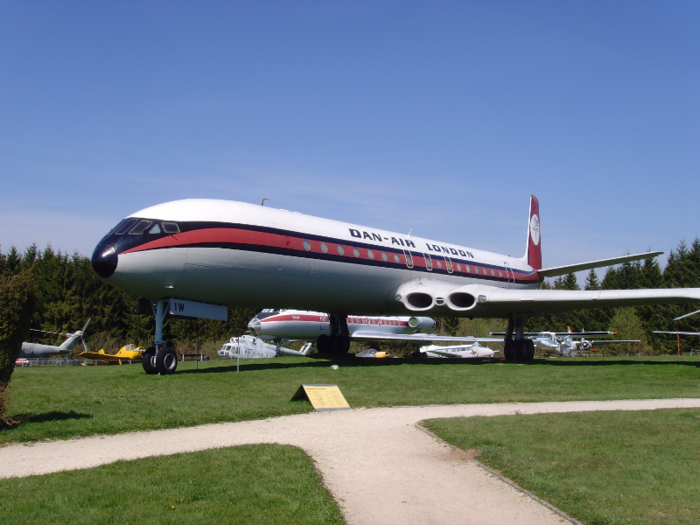
When it entered service in 1970 with Pan Am, the public was mesmerized by the mighty jumbo jet.
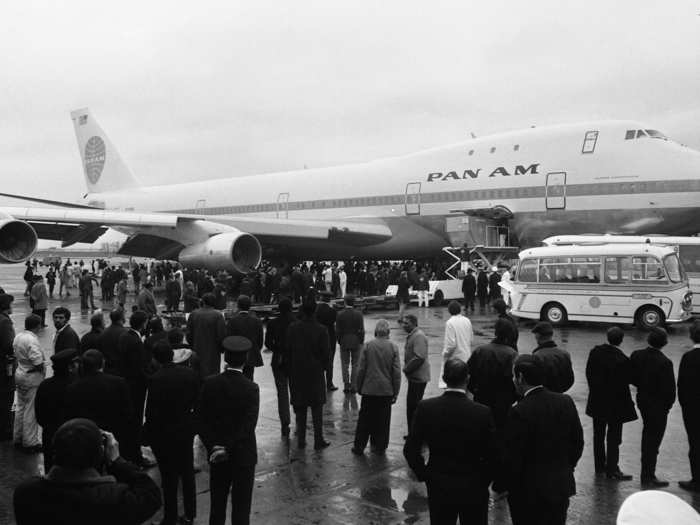
In the 1970s, the Boeing was joined by a duo of smaller three-engine wide-body jets— the Lockheed L-1011 and ...
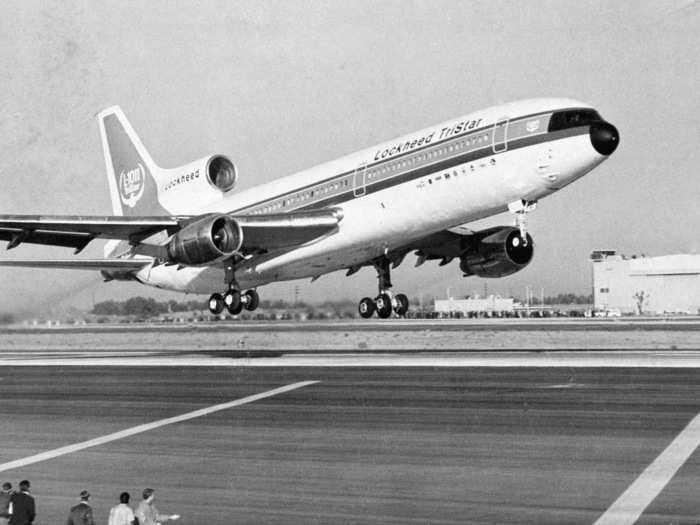
... the McDonnell Douglas DC-10.
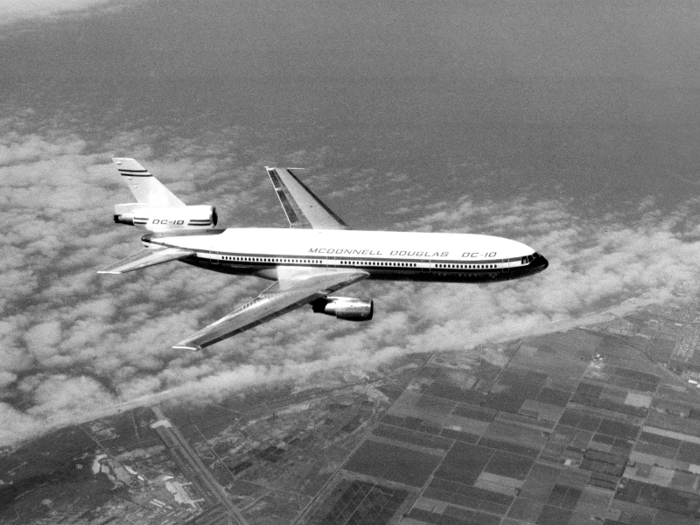
Boeing followed up the original 747-100 with...
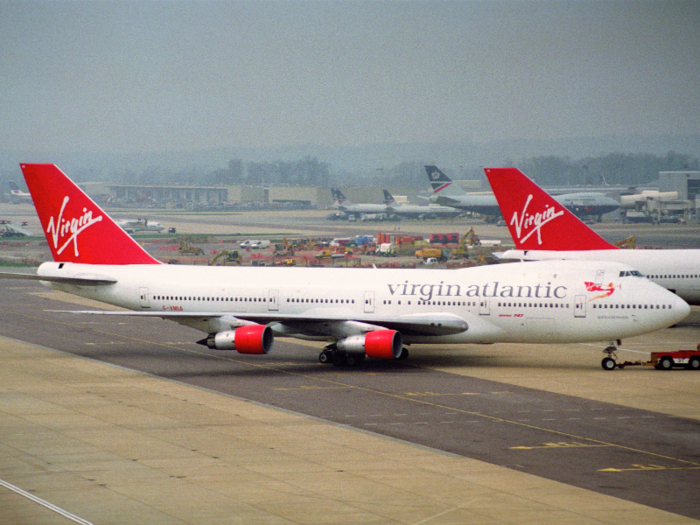
... a new variant in late 1971 with more powerful engines and greater range called the —200 series.
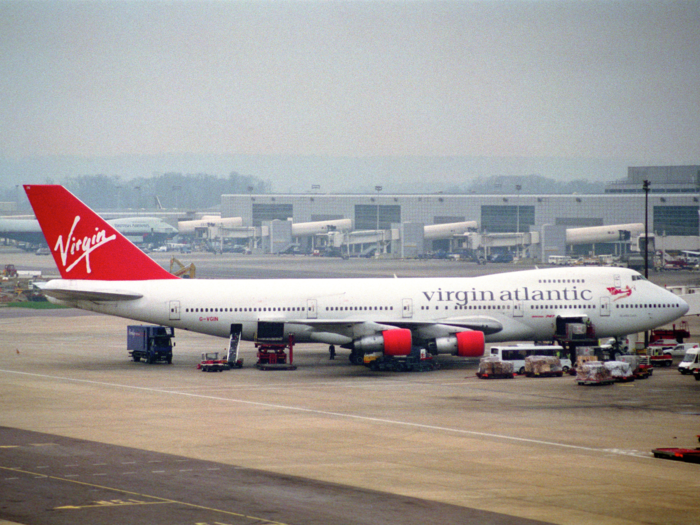
A decade later, Boeing updated the 747 again with newer engines and an enlarged second deck. This version was called the —300.
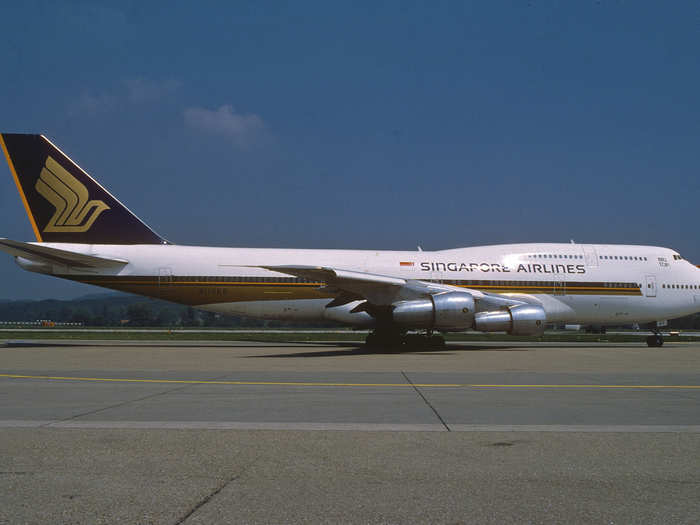
The —300 didn't prove to be as popular as Boeing would have liked. So in 1989, Boeing launched the —400. It featured modern avionics, a fully glass cockpit and greater range. It would go on to be the most popular of the 747 variants.
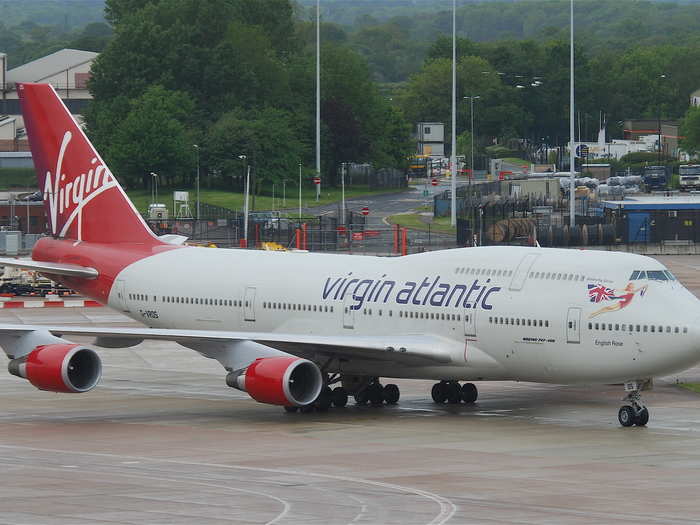
In 2011, Boeing launched the latest version of the jumbo jet, called the 747-8. At 250 feet long, it's the longest airliner ever built.
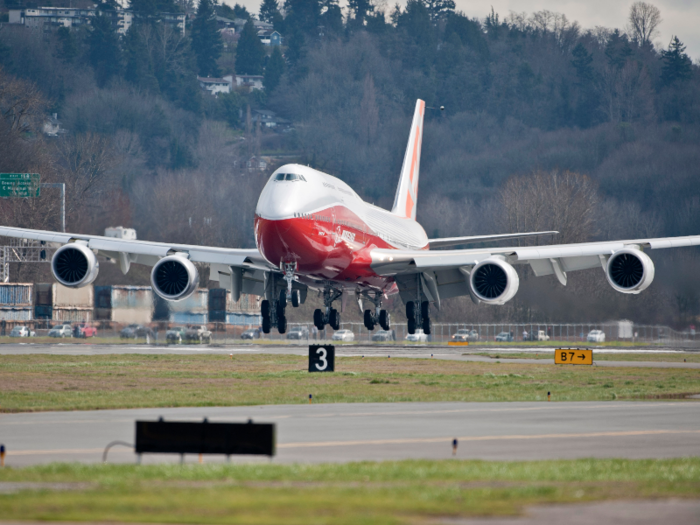
Over the years, the 747 has been deployed in a variety of ways, ranging from firefighting water tanker to ...
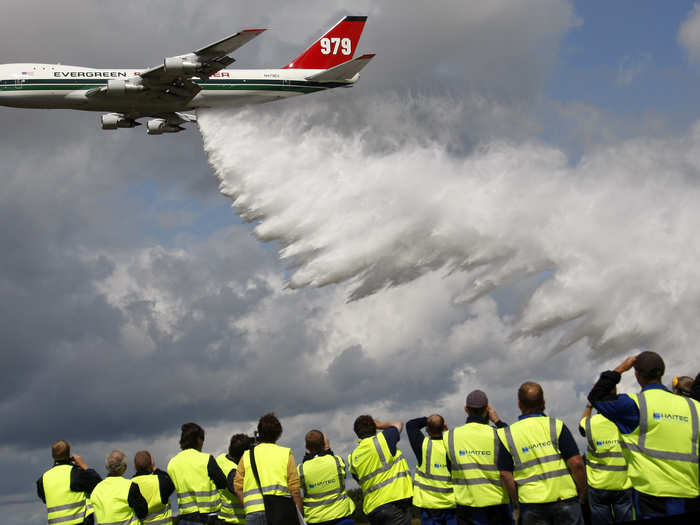
... Space Shuttle carrier!
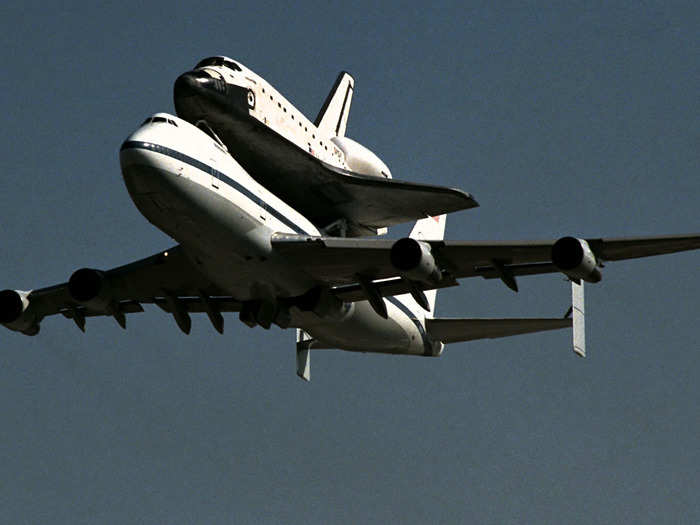
From freighter to ...
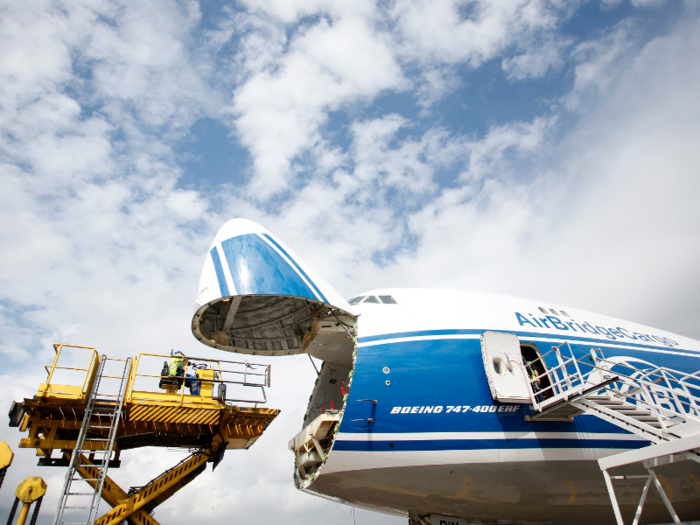
.... the official presidential aircraft of China ...
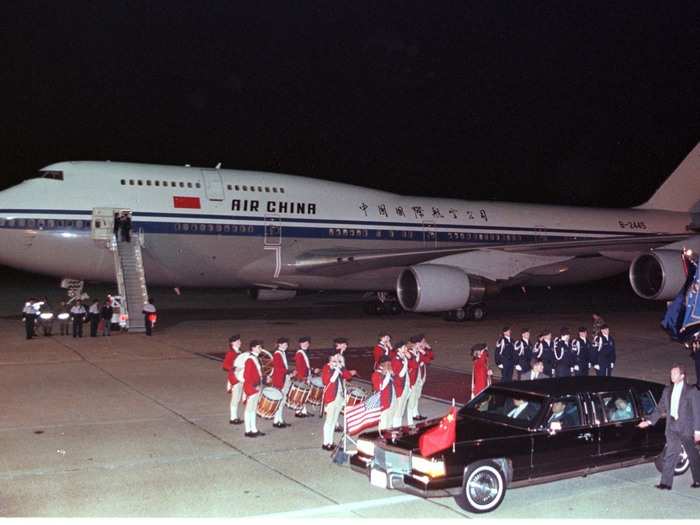
... Japan and ...
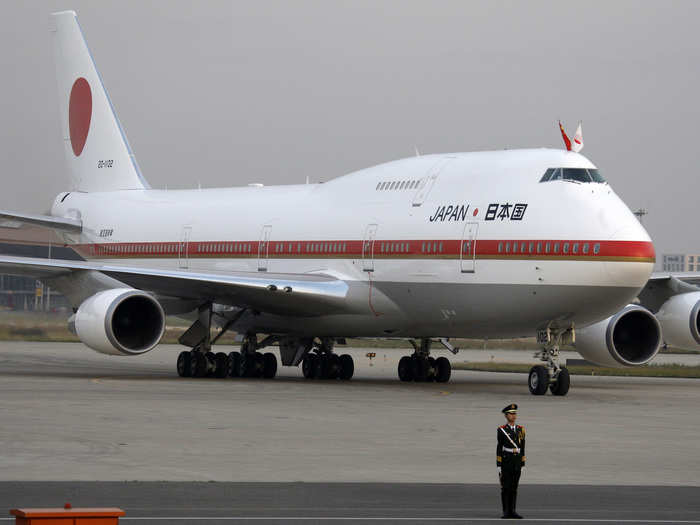
... the United States of America.
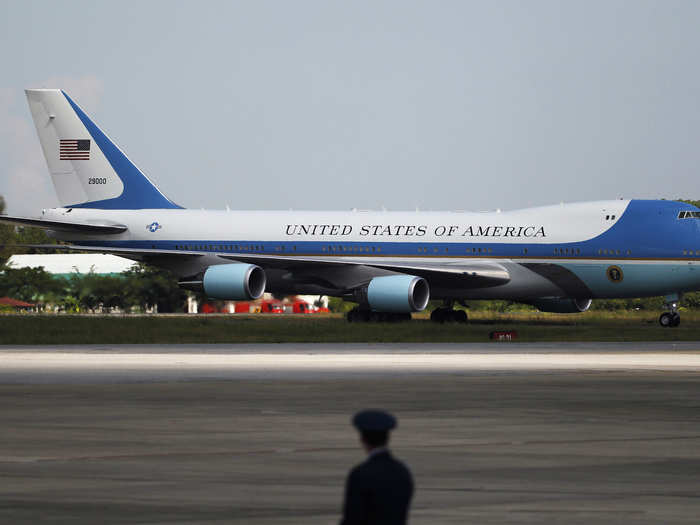
But the 747 really became a cultural icon when it was the plane to have for the world's major airlines. For many years, it seemed as if you weren't playing in the big leagues unless you were flying the jumbo.
In addition to Pan Am, everybody else had them as well.
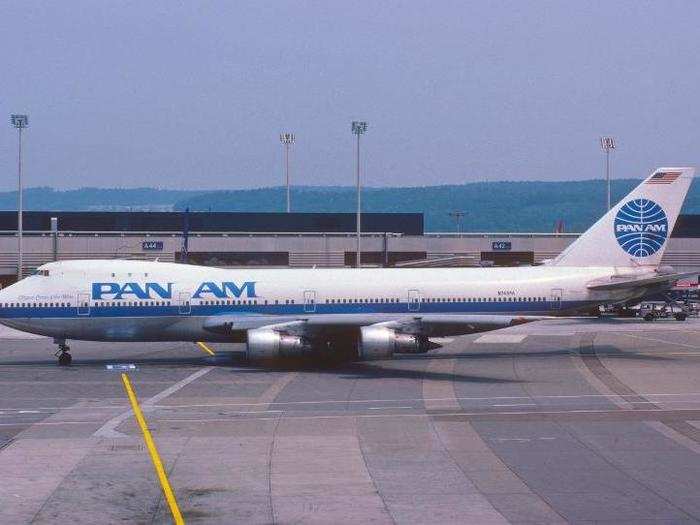
Qantas!
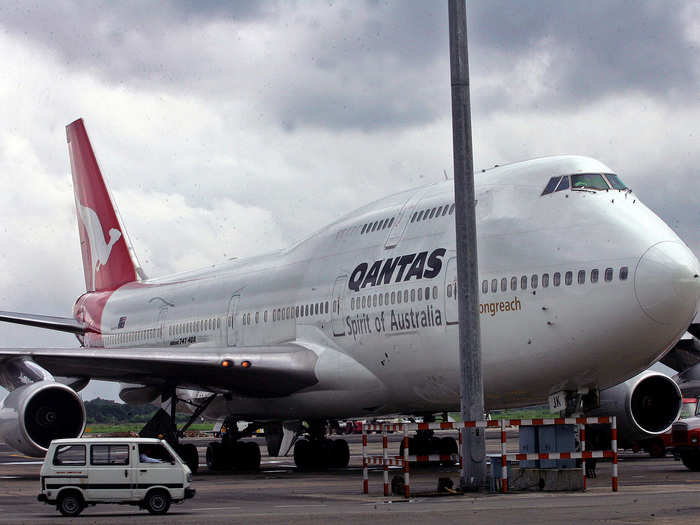
Air France.
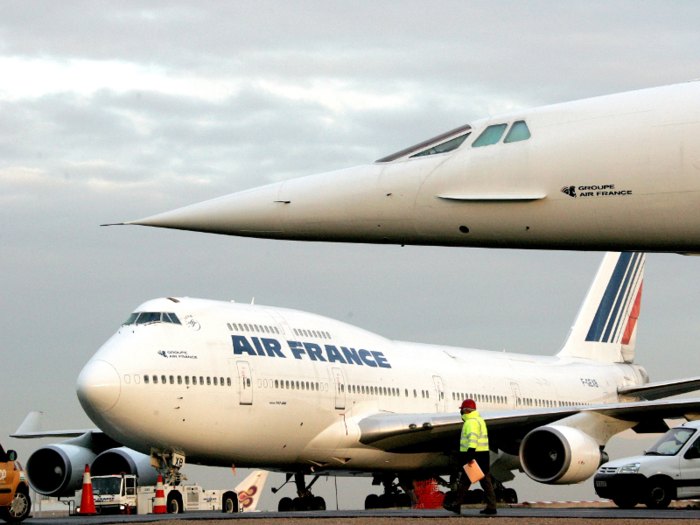
Thai.
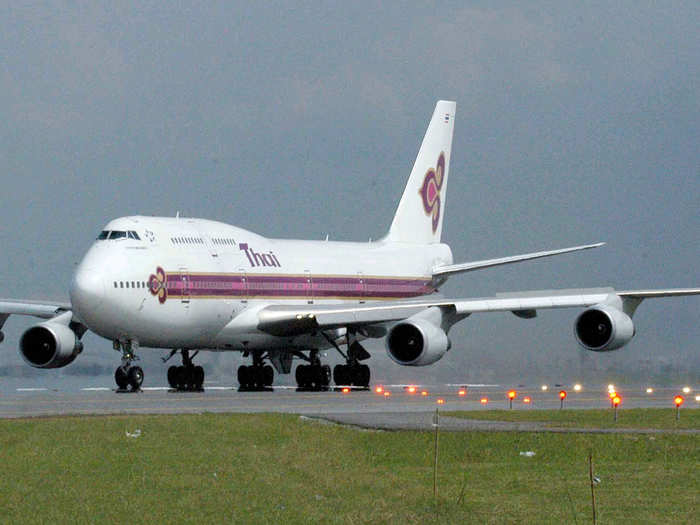
Philippines.
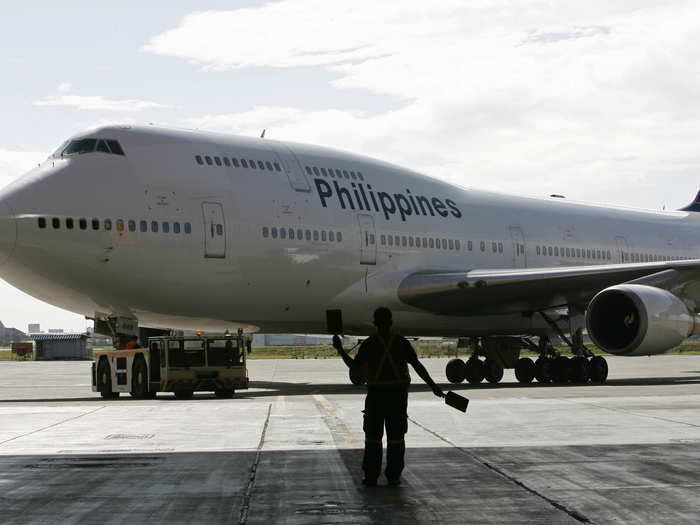
Singapore.
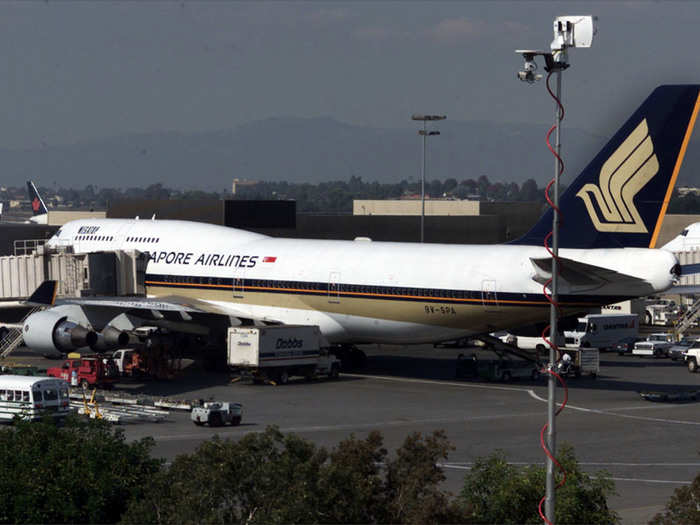
Air China.
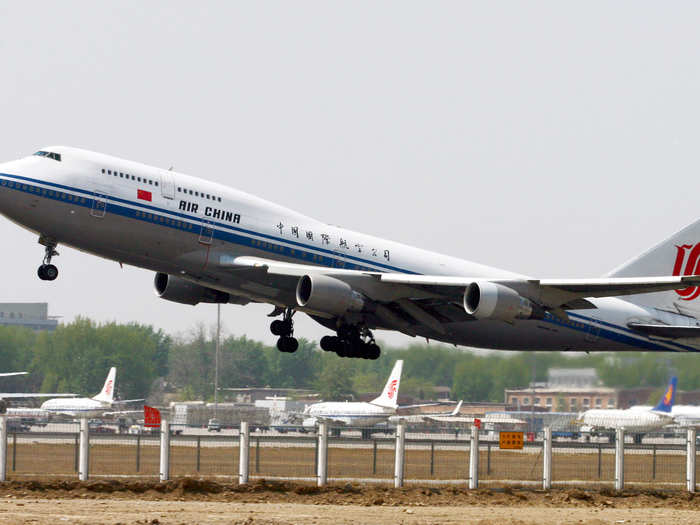
South African Airways.
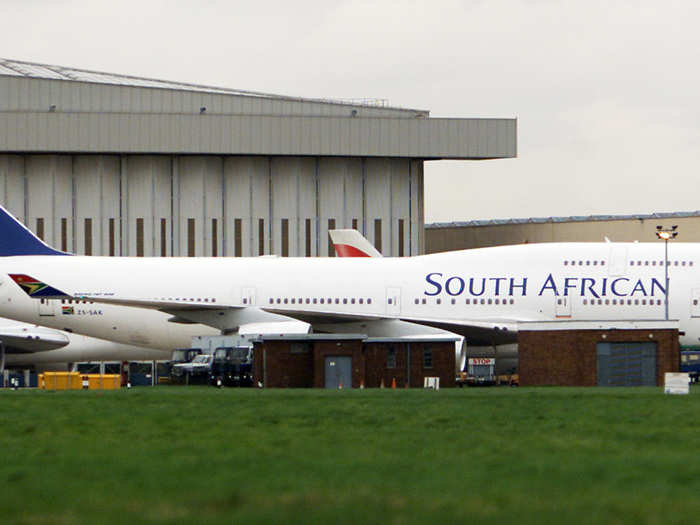
Northwest.
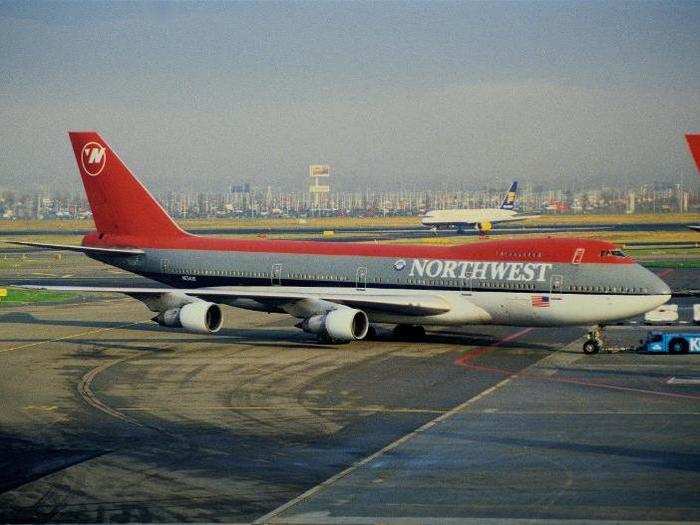
Braniff International.
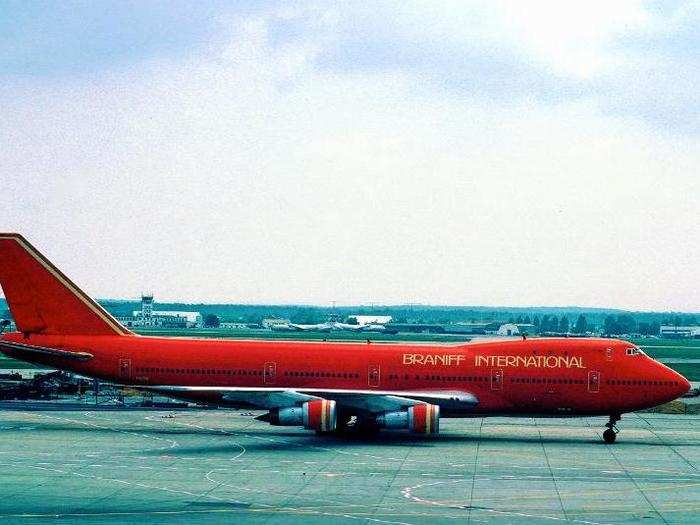
Delta.
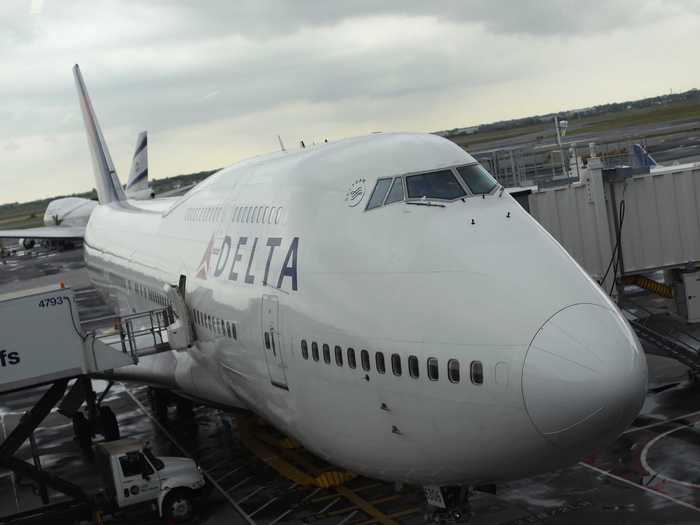
Lufthansa.
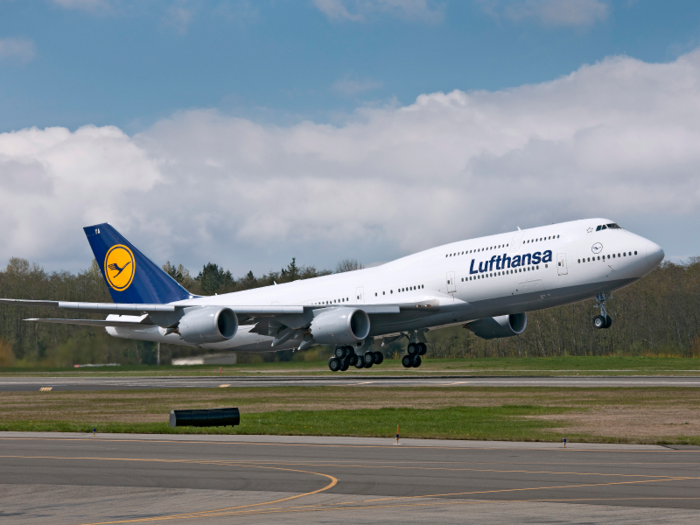
Air India.
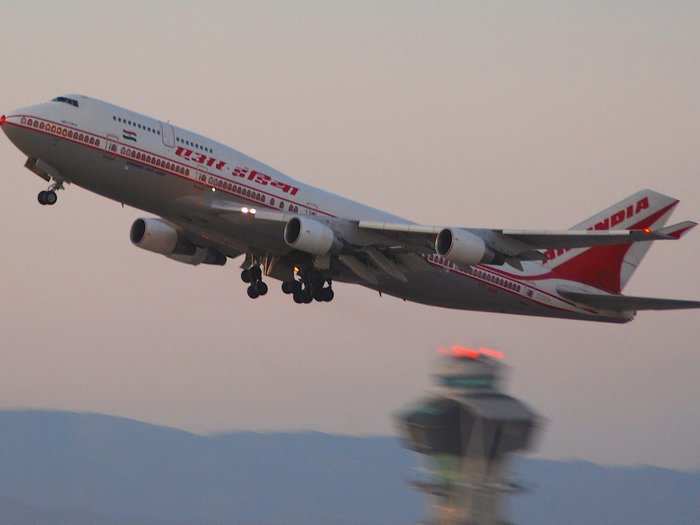
KLM.
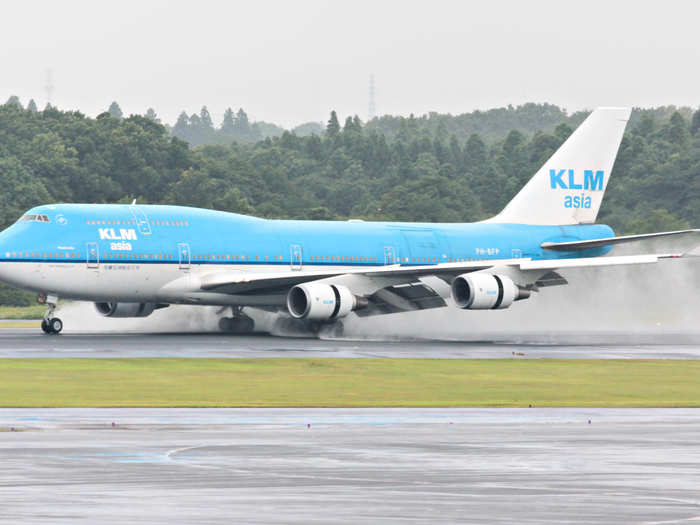
Cathay Pacific.
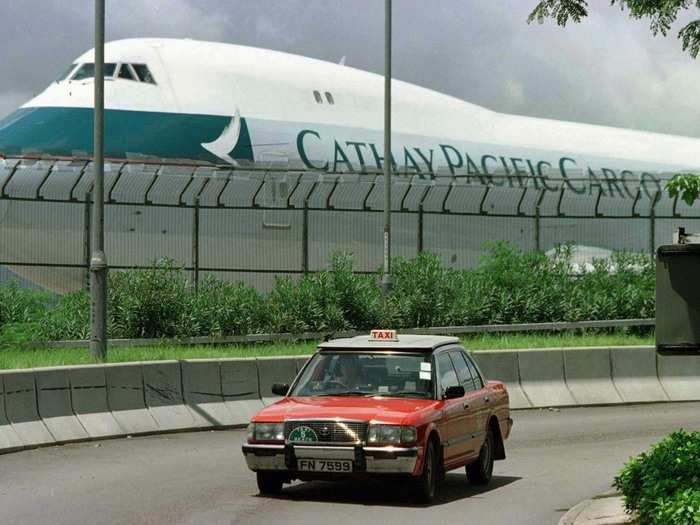
Korean Air.
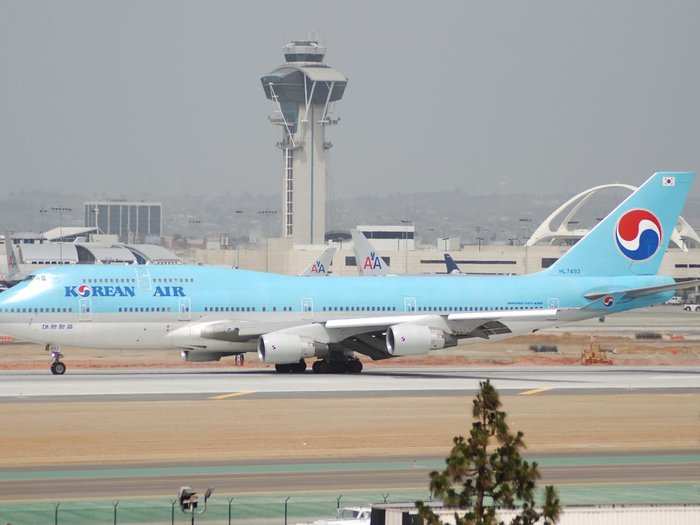
United.
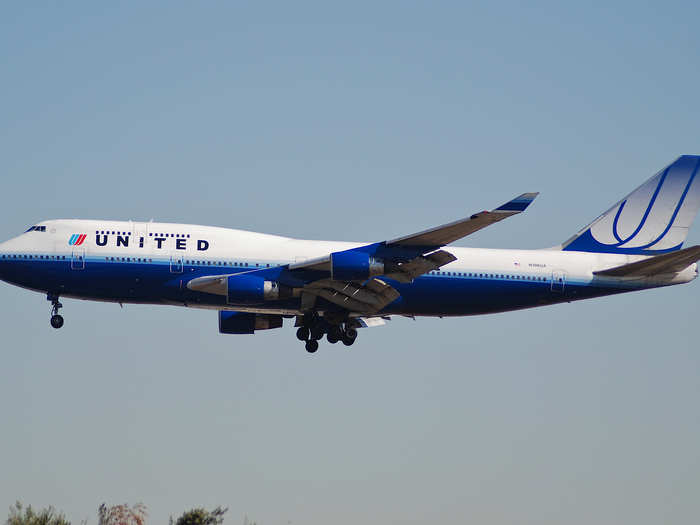
British Airways.

Japan Airlines.
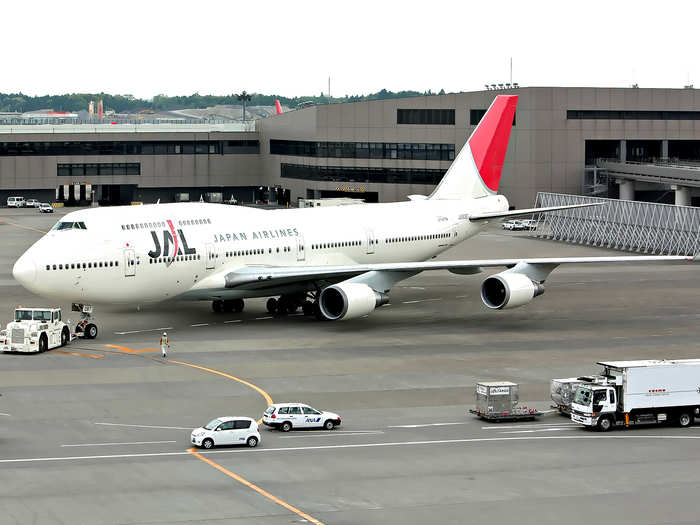
Air New Zealand.
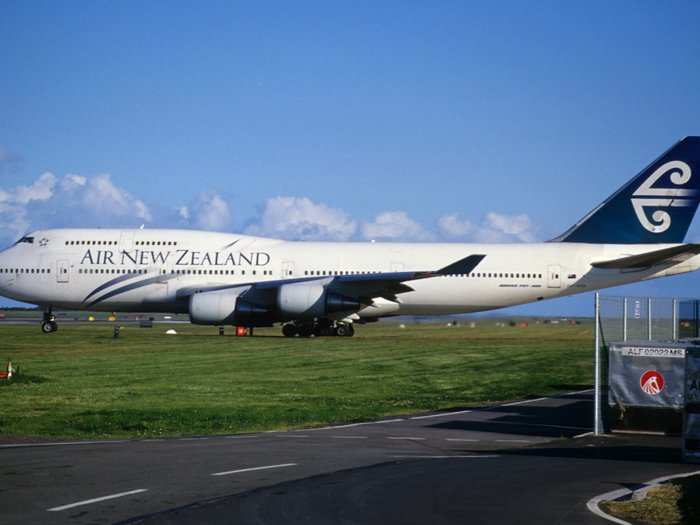
And Virgin Atlantic. And these are just some of the airlines that flew the jumbo jet.
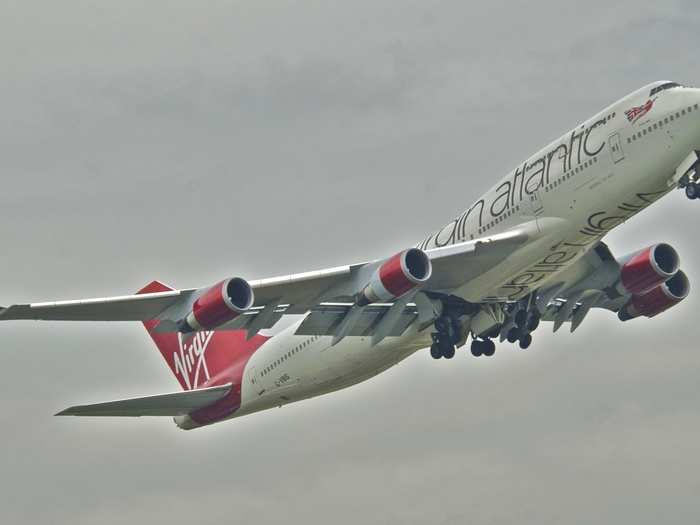
Over the years, Boeing has sold more than 1,500 747s.
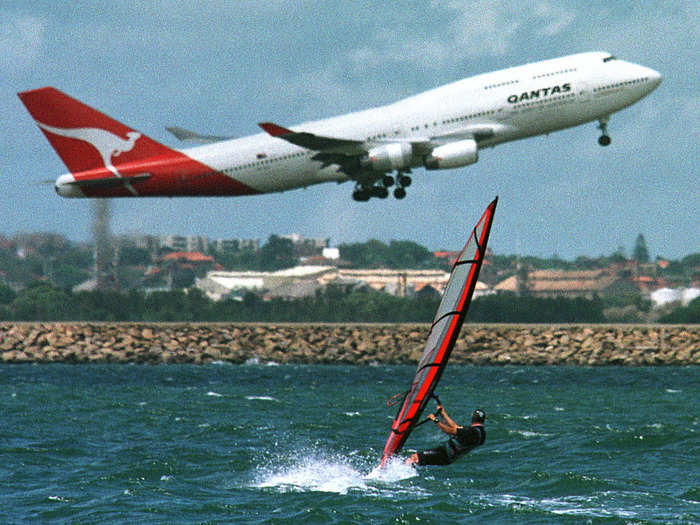
The venerable Boeing jumbo jet has outlasted the supersonic Concorde as well as ....
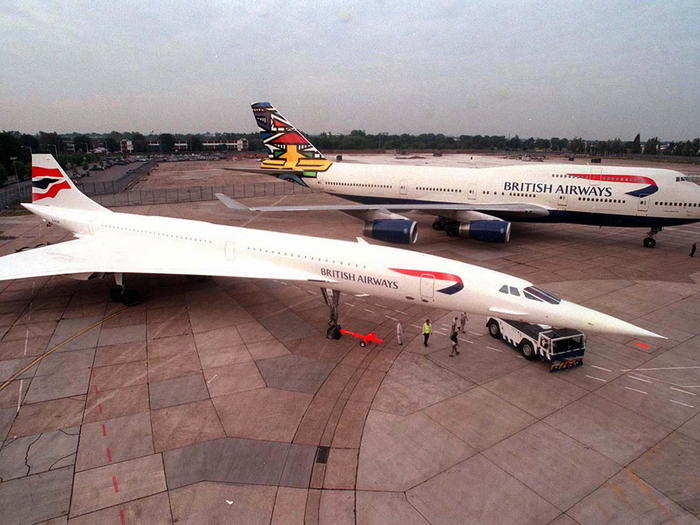
... both the DC-10 and ...
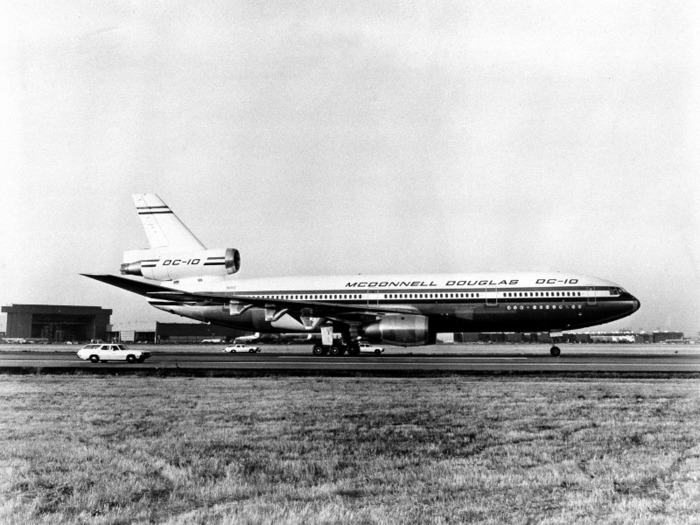
... its replacement the McDonnell Douglas MD-11.
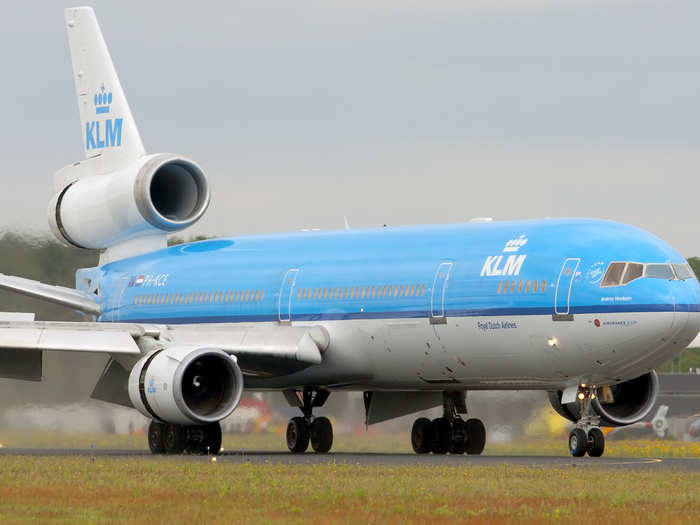
Not to mention Lochkeed's L-1011, which went out of production after selling just 250 planes.
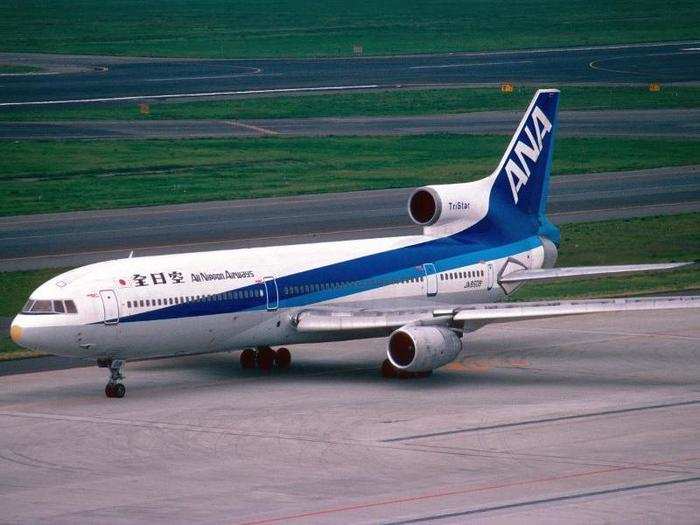
The Airbus A340 ended production in 2011 after selling less than 400 jets.
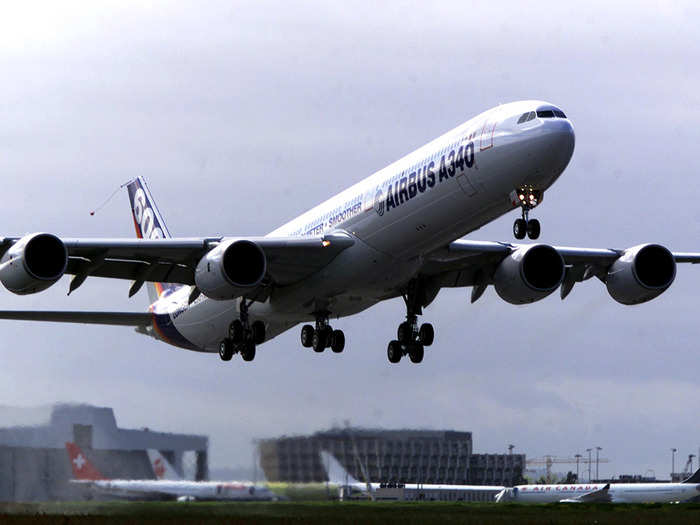
Unfortunately, it looks unlikely that jumbo jet will survive its latest slew of challengers, which include Airbus' double-deck A380 superjumbo and ...
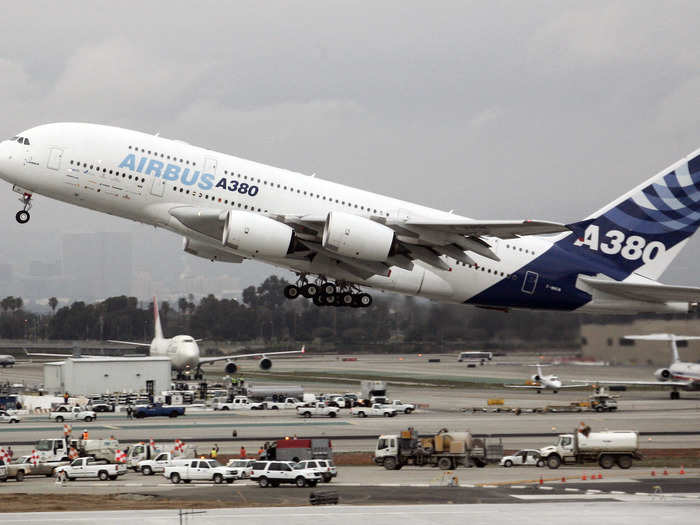
... the A350XWB twin-engine "mini-jumbo."
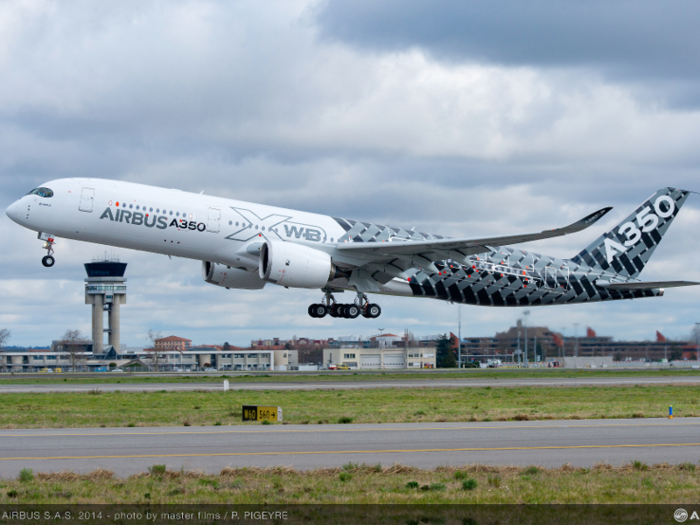
The 747 has also lost sales to its corporate siblings — the 777 "mini-jumbo" and ...
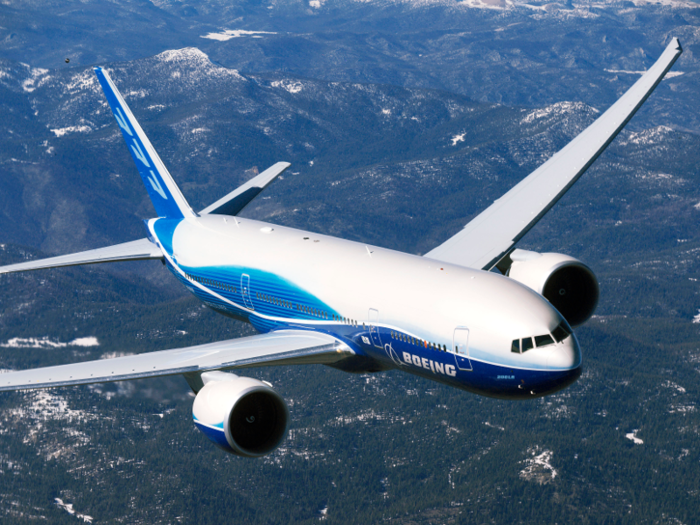
... the 787 Dreamliner.
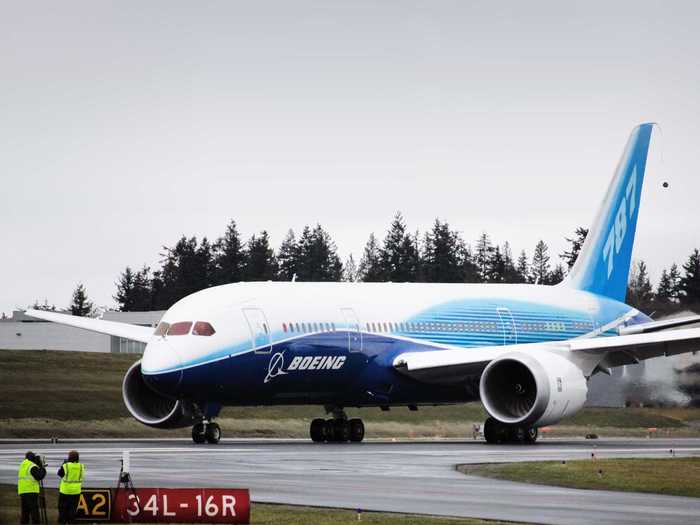
To compensate, Boeing has slowed down production of the 747 to just one aircraft every two months in an attempt to buy the sales team more time to generate orders.
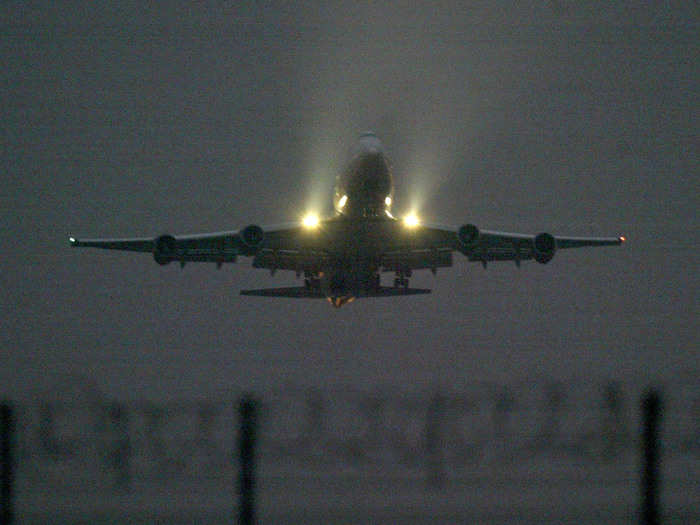
Even though sales of the new jumbo are slow, with proper maintenance of the "Queen of the skies" can be with us for decades. So we're just at the beginning of the end of jumbo era, not matter what Boeing ultimately decides to do about its most famous plane.
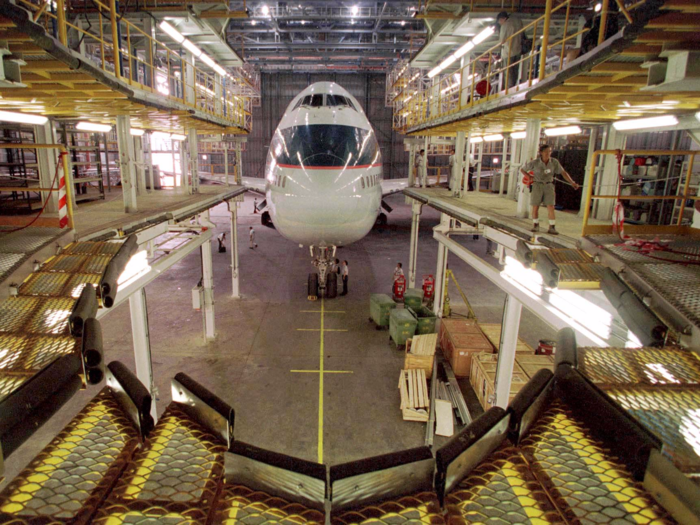
Popular Right Now
Popular Keywords
Advertisement